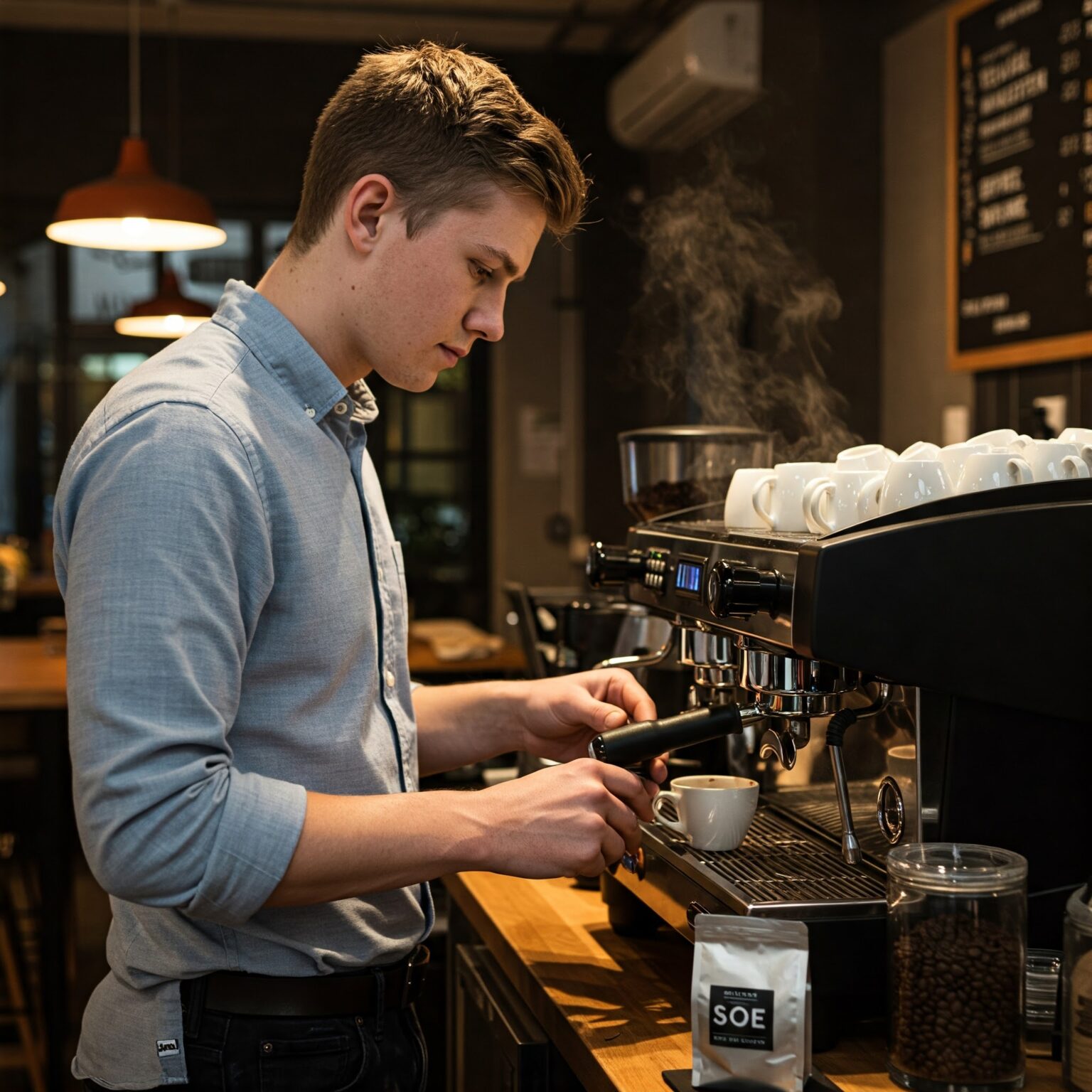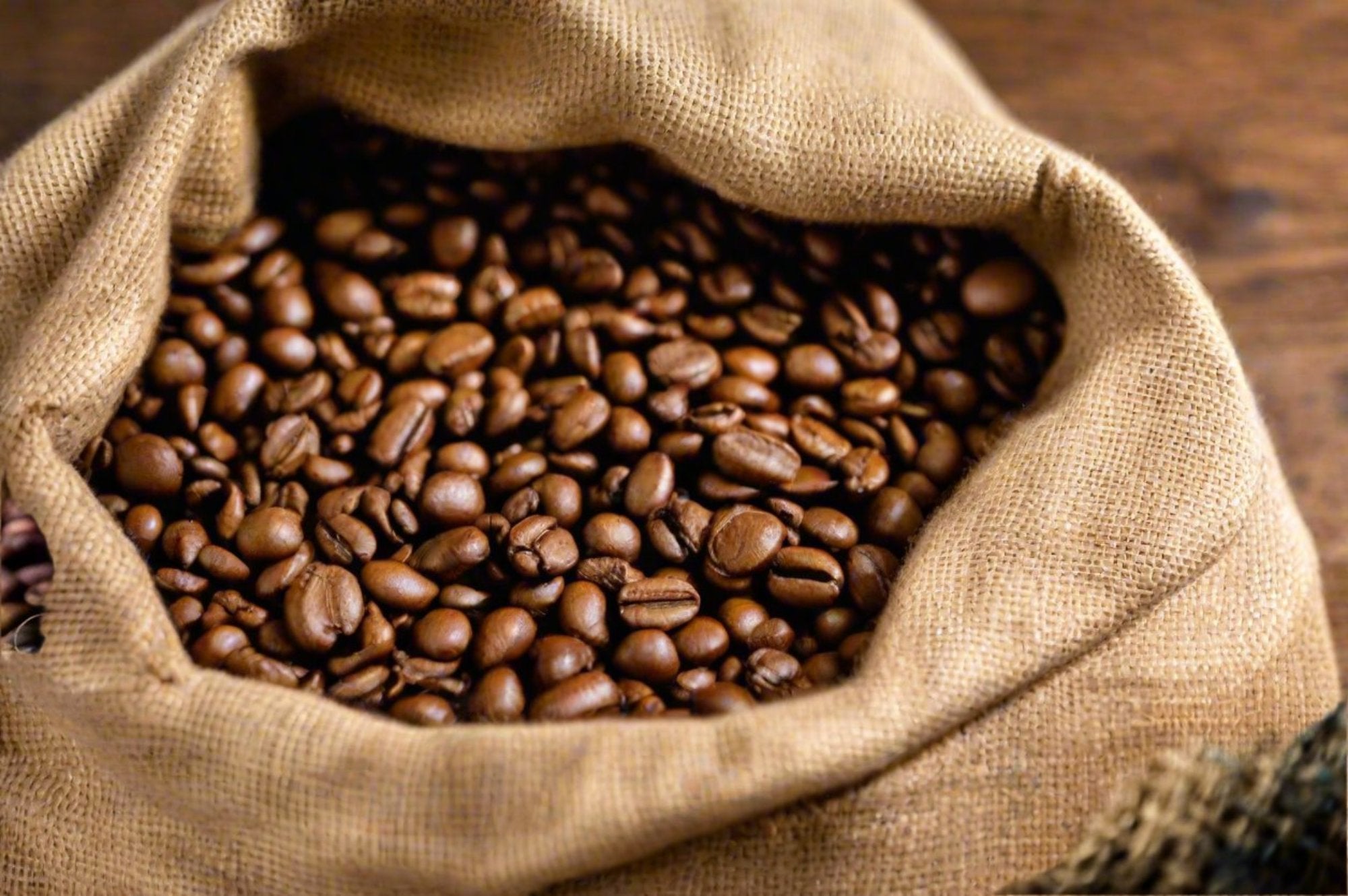Why SOE Single Origin Espresso Is Popular Among Baristas
Exploring the Rich Flavors of Coffee Beans: a Deep Dive Into Coffee and Blended Coffee Beans
When you discover the abundant flavors of coffee beans, you uncover a complex globe where each range brings its own character to your cup. Recognizing the beginnings, refining approaches, and toasting techniques can transform your coffee experience. As you browse with the art of espresso and the creativity behind combined coffees, you'll start to appreciate the subtleties that make each sip one-of-a-kind. What you'll uncover following could change the means you appreciate your morning brew.
The Origins of Coffee Beans: Checking Out Terroir and Taste Profiles
When you take a sip of coffee, you're not just taking pleasure in a beverage; you're experiencing an abundant tapestry of flavors formed by the beans' beginnings. Each region creates special taste profiles affected by climate, dirt, and elevation. Beans from Ethiopia usually rupture with intense, fruity notes, while those from Colombia have a tendency to provide a balanced, nutty sweetness.
As you discover various beginnings, you'll see just how terroir-- the environmental elements affecting a plant-- plays a vital duty - Single Origin Espresso. The very same coffee range can taste dramatically different depending on where it's grown
When you think about these variables, you start to appreciate the complexity behind your mug. Each sip tells a story of the land and the farmers who nurtured the beans. Following time you indulge, believe concerning the journey your coffee took prior to it reached your hands, and savor those intricate flavors that show its beginning.
Comprehending Espresso: The Art and Science Behind the Brew
When you think of coffee, it's not almost the strong flavor; it's likewise regarding the methods that bring it to life. Comprehending exactly how different preparation methods influence preference can transform your brewing experience. Let's discover the intricacies of coffee prep work and reveal the one-of-a-kind taste accounts that make each mug special.
Espresso Preparation Strategies
Coffee preparation is both a science and an art, integrating specific strategies with a deep understanding of coffee. To begin, you'll wish to select top quality, freshly roasted beans and grind them carefully for ideal extraction (Single Origin Espresso). The grind size is essential; also crude, and your espresso will certainly be weak, as well fine, and it'll be bitter
The outcome needs to be an abundant, creamy espresso with a beautiful layer of crema on top. With technique, you'll grasp these methods.
Flavor Accounts Clarified
The globe of coffee offers a rich tapestry of taste profiles that can raise your coffee experience. When you take that initial sip, you'll notice a balance of acidity, anger, and sweetness. Each espresso bean brings distinct notes, from flower and fruity to nutty and chocolaty. Light roasts frequently display bright acidity and lively flavors, while dark roasts present much deeper, bolder tones.
A well-crafted blend might harmonize the intense notes of an Ethiopian bean with the abundant, chocolatey undertones of a Brazilian bean. Embrace the trip of finding espresso's varied flavors, and you'll change your coffee ritual into an amazing adventure.
Handling Methods: Just How They Influence Taste and Aroma
While it might appear that the origin of coffee beans is one of the most substantial consider determining their taste and fragrance, the processing methods made use of post-harvest play a similarly vital role. You'll locate that these techniques can considerably change the last taste account of your mug.
For instance, the washed procedure eliminates the fruit from the beans before fermentation, often bring about a cleaner, brighter taste. The all-natural process leaves the fruit undamaged during drying out, resulting in a sweeter, fruitier profile.
Various other techniques, like honey handling, strike a balance, permitting some fruit mucilage to remain, giving an one-of-a-kind complexity.
Each handling technique connects with the beans' intrinsic qualities, boosting or silencing particular tastes and fragrances. So, when you sip that coffee or mixed coffee, keep in mind that the trip from cherry to cup is influenced not just by beginning however additionally by how those beans were refined.
Roasting Methods: Unlocking the Complete Possible of Coffee Beans
Roasting strategies are necessary for exposing the full potential of coffee beans, as they change raw, eco-friendly beans into the fragrant, flavorful coffee you take pleasure in. The choice of toasting technique-- light, medium, or dark-- dramatically affects taste accounts.
You can trying out roasting times and temperature levels to discover your perfect mixture. A slower roast at reduced temperature levels enables complex tastes to create, while a quicker roast can intensify anger. Focus on the fractures during roasting; the initial split suggests a light roast, while the second crack signals a dark roast. By understanding these strategies, you'll disclose a world of flavor, raising your coffee experience to brand-new heights. Appreciate every sip, understanding the care that entered into your mug!
The Magic of Blended Coffee: Producing Unique Taste Experiences
Producing a distinct flavor experience with combined coffee can change your early morning ritual into an exploration of preference. By incorporating various beans from different areas, you can disclose a harmony of flavors that boost your mug to brand-new elevations. Each mix deals a distinct profile, stabilizing sweet taste, body, and level of acidity to create something really unique.
When you select a blend, you're not simply selecting a coffee; you're selecting a journey across diverse landscapes and cultures. Trying out different combinations allows you to discover your individual favorites, whether you take pleasure in fruity notes or abundant, chocolatey undertones.

Sampling Notes: Acknowledging the Nuances in Your Cup
As you sip your coffee, you might notice a spectrum of tastes dancing on your palate, each revealing the complexities of the beans. You may taste the bright acidity evocative citrus or the deep, abundant notes akin to dark chocolate. The sweet taste might stimulate honey or sugar, stabilizing the total account wonderfully.
Pay interest to the body of the coffee-- does it really feel ventilated and light, or is it complete and velvety? The coating, also, supplies ideas; a lingering aftertaste might mean nuttiness or flower touches.

Do not forget to check out the special attributes of different origins, as each area gives unique flavors - Single go to the website Origin Espresso. For example, Ethiopian coffees usually existing fruity notes, while Colombian beans may showcase an extra spherical sweetness. By identifying these nuances, you'll deepen your gratitude for each mug, raising your coffee experience to new elevations

Developing Approaches: Making Best Use Of Taste Removal for each Bean
When you explore the numerous developing techniques, you'll discover that each technique can considerably impact the taste profile of your coffee. From French press to pour-over, each method removes various substances, boosting or silencing particular notes. For example, using a French press allows oils to continue to be in the mixture, creating a richer preference, while pour-over stresses clearness and brightness.
Temperature level and grind dimension also play important roles. A coarser work functions best for chilly brews, while a fine work is excellent for espresso. Experimenting with water temperature-- between 195 ° F and 205 ° F-- can expose hidden tastes, too.
Do not ignore steeping time; a fast removal can bring about sour notes, while over-extraction may produce bitterness. By readjusting these variables, you can optimize flavor removal and really boost your coffee experience. Appreciate the journey of discovering what approach best matches your palate!
Often Asked Inquiries
What Is the Ideal Water Temperature Level for Developing Coffee?
The perfect water temperature level for brewing coffee's in between 195 ° F and 205 ° F. If you make use of water that's as well warm, you'll over-extract flavors; as well cool, and you won't draw out sufficient. Goal for that pleasant spot for the very best mixture!
Just How Does Work Dimension Influence Coffee Taste?
Work size substantially influences coffee taste. Better grinds remove a lot more oils and flavors, resulting in a bolder taste, while coarser grinds return a lighter taste. Readjusting work dimension assists you accomplish your preferred coffee profile.
Are There Health Advantages Surrounding Drinking Coffee?

What Is the Difference In Between Arabica and Robusta Beans?
Arabica beans are smoother and sweeter, often featuring fruity tastes, while robusta beans are more powerful with a bitter preference and higher caffeine content. You'll notice these distinctions in fragrance and developing experience.
Exactly How Can I Shop Coffee Beans for Freshness?
To store coffee beans for quality, keep them in an airtight container, far from warmth, light, and wetness. You'll keep their taste longer if resource you just grind what you require right before developing.
Discovering the Abundant Flavors of Coffee Beans: a Deep Dive Into Espresso and Blended Coffee Beans.
When you discover the abundant flavors of coffee beans, you uncover a complicated world where each selection brings its very own personality to your cup.When you take a sip of coffee, you're not simply appreciating a drink; you're experiencing a rich tapestry of tastes formed by the beans' origins.Roasting strategies are necessary for revealing the complete possibility of coffee beans, as they transform raw, green beans right into the aromatic, flavorful coffee you take pleasure in.As you sip your coffee, Discover More Here you could discover a spectrum of flavors dancing on your taste, each exposing the ins and outs of the beans.